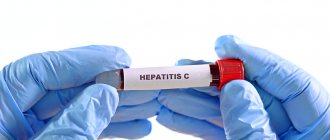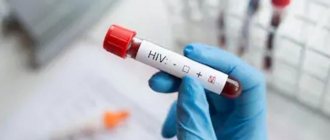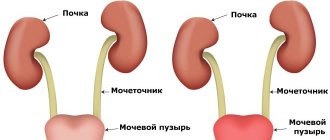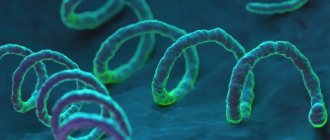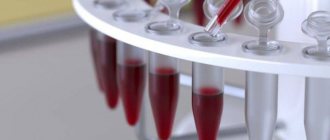An endometrial polyp is a benign tumor that, under certain conditions, can degenerate into oncology. It is detected using ultrasound and treatment is carried out aimed at removing and preventing relapses. Many women who want to bear a child ask the question, “ Is it possible to get pregnant with a polyp ?” You can get an exact answer to this question after consultation with a gynecologist at the “Other Gynecology” clinic.
The effect of the polyp on reproductive abilities
An endometrial polyp is a foreign body for our body. Most likely, a woman with such a pathology will not be able to get pregnant. To carry a baby, you need to undergo surgery to remove the tumor, otherwise the pregnancy will end in miscarriage or spontaneous abortion.
After fertilization, the embryo attaches to the inner surface of the uterus (endometrium). The course and outcome of pregnancy depends on the integrity of this layer. In order for the future fetus to successfully attach and develop, sufficient thickness of the endometrium and the absence of foreign elements on the surface are necessary.
The following factors reduce the likelihood of successful consolidation:
- polyp in the cervical canal;
- infectious process (cervicitis, endometritis, adnexitis);
- a single polyp in the endometrium or many tumors;
- diffuse uterine hyperplasia;
- installation of an intrauterine device.
All damage to the endometrium reduces the likelihood of a successful pregnancy. Even with IVF, a prerequisite for conception is the absence of foreign formations in the uterus. Therefore, if, during preparation for IVF, the doctor discovers a polyp in a woman, then its removal is prescribed.
Reasons for the inability to get pregnant
If the uterine polyp is larger than 0.5 cm, then it becomes a kind of intrauterine contraceptive. Because of it, the fetus cannot fully penetrate deep into the endometrium. Gynecologists identify the following main factors that complicate the implantation process within 2-3 days after fertilization:
- hormonal imbalances (often with a glandular form of uterine polyp);
- pathology of the thickness of the inner surface of the uterus (thickening in several places or thinning throughout the entire layer);
- disruption of the structure of endometrial tissue due to an infectious process (especially with the fibrous form of the polyp);
- slowing blood circulation inside the uterus.
Some women do not show signs of a uterine polyp at all, and some suffer from pain. If concomitant gynecological diseases are added to this pathology, then the chances of getting pregnant are reduced several times.

